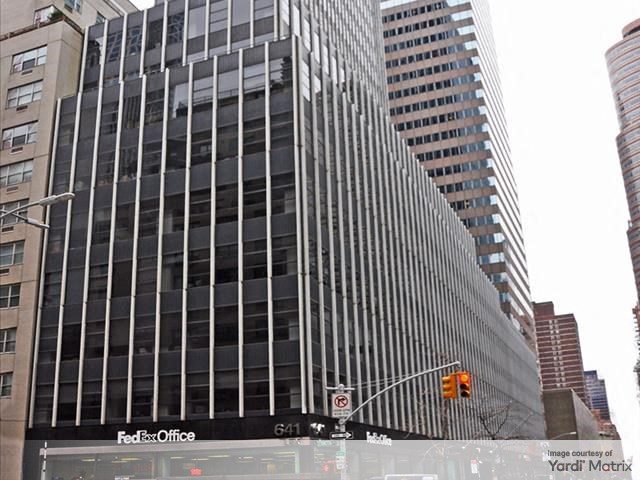Macy’s Closing 100 Stores Following Drop in Sales
The company plans to invest in better-performing assets and omnichannel capabilities.
By Ioana Neamt
Cincinnati—Macy’s, the largest department store operator in the country by retail sales, made headlines last week with the announcement that it plans to close 100 retail stores—roughly 15 percent of its properties—in early 2017. The company said it plans to operate fewer brick-and-mortar stores and concentrate its financial resources on better-performing assets and a stronger online presence.
According to Macy’s, a number of stores will be closed as their real estate value is larger than their value to the company as a retail store. The locations of the 100 stores are set to be revealed at a later date.
Following the closing, Macy’s plans to invest in improvements at ongoing stores and digital platforms, in an effort to keep up with the changing needs of its customers. According to the company’s quarterly earnings release, profits fell to $11 million last quarter, down from $217 million in the previous year. Macy’s shares in the stock have also fallen more than 40 percent in the past 12 months, The New York Times reports.
Macy’s is one of many companies struggling to keep up with competitors such as Amazon, which boasts a massive online presence, or discount chains like T.J. Maxx. According to The New York Times, Walmart is planning to acquire Jet.com, a year-old startup and small online rival, for a whopping $3 billion—the largest e-commerce acquisition ever in the U.S.—in an effort to keep up with its competitors.
With the rise of e-commerce and omnichannel retailing, there is immense pressure on retailers to provide fast, reliable services to customers. Companies such as Amazon and Sainsbury are introducing same-day delivery services to better serve the needs of shoppers who want to save time and money by shopping online. For other companies, such as Sports Authority, the pressure to keep up the pace with changing consumer behavior is too intense. The Englewood, Colo.-based retailer is closing all of its 463 stores amid bankruptcy, following in the footsteps of West Coast-based chain Sport Chalet.
Traditional retailers are hurt by competition from the online realm, which is also one of the main factors behind Macy’s new strategy. The company’s online business has grown significantly over the past 15 years, and Macy’s plans to capitalize on that. Though the disposition of 100 stores is likely to have a negative impact on sales short-term, the reduction “will result in a more appropriate store portfolio for Macy’s in the longer term,” according to Macy’s President Jeff Gennette, who will succeed Terry Lundgren as CEO in early 2017. “With this strategy, we will be able to reinvest in a more energized shopping experience in our remaining stores and elevate our total customer experience across all methods of shopping,” he said in a statement.
Macy’s began rethinking its strategy at the beginning of the year, when it announced plans to close down as many as 40 stores as part of its plan to invest in other growth strategies, including omnichannel capabilities at Macy’s and Bloomingdale’s.








You must be logged in to post a comment.